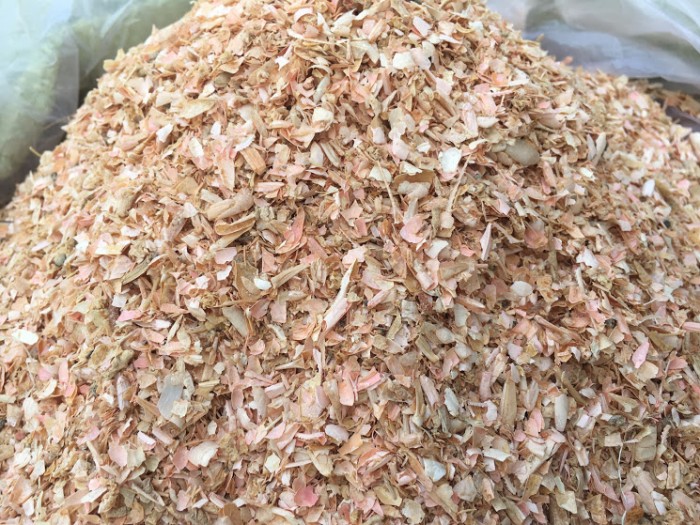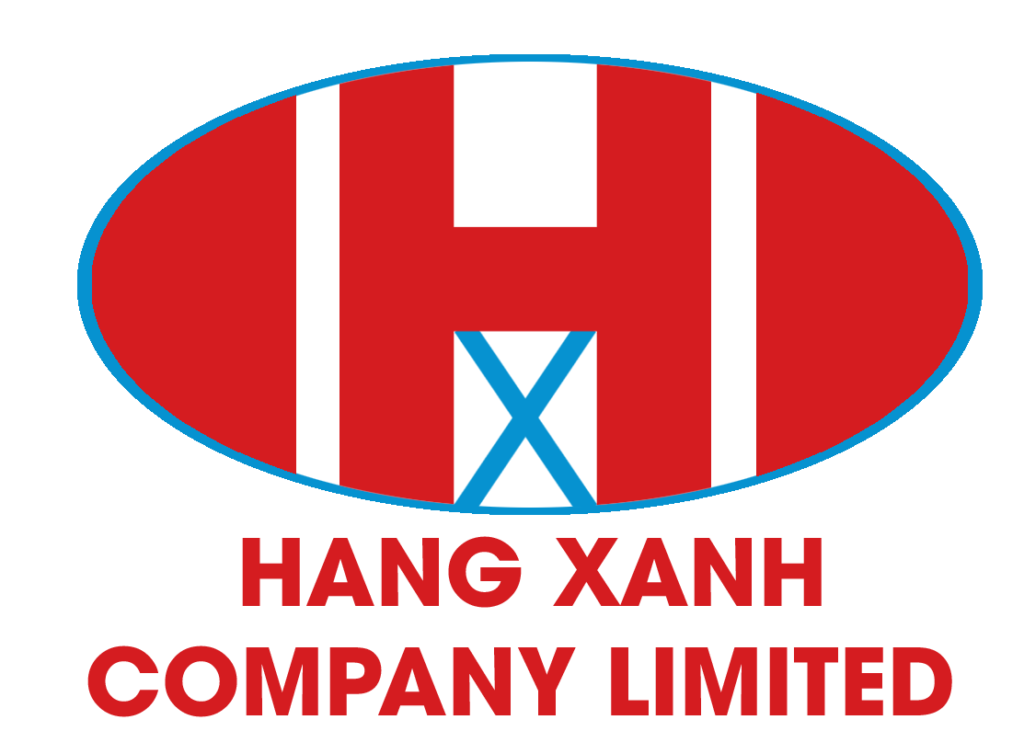In the modern context of rising food demand and increasing environmental pressures, harnessing available resources and minimizing waste has become more critical than ever. One promising solution for waste management and resource optimization is recycling shrimp shells, a by-product of the seafood industry, into livestock feed. This blog will delve into the potential of shrimp shells, exploring how they can be transformed from waste into a valuable livestock feed ingredient, and examining the benefits and challenges associated with this application.

TOC
ToggleFrom Waste to Livestock Feed: The Applications of Shrimp Shells
1. Overview of Shrimp Shells
Shrimp shells, or exoskeletons, are the hard outer coverings of shrimp and are often considered waste in the seafood processing industry. Annually, millions of tons of shrimp shells are generated from both food processing and other products. Instead of being discarded or treated as waste, shrimp shells can be utilized to add value to livestock feed.
2. Chitin and Chitosan: Key Components and Benefits
Shrimp shells contain two primary polysaccharides: chitin and chitosan. Chitin is a natural polymer found in the shells of many crustaceans, while chitosan is derived from chitin through deacetylation.
- Chitin: Chitin supports the growth of beneficial gut bacteria in animals, enhancing digestion and nutrient absorption. It also boosts immune system health, helping animals resist diseases.
- Chitosan: Chitosan has several applications in livestock feed due to its antimicrobial and antiviral properties. It helps reduce pathogenic bacteria in the gut, improving overall animal health.
3. Processing Shrimp Shells

To make shrimp shells suitable for livestock feed, they must undergo a specific processing procedure:
- Collection and Washing: Shrimp shells are collected and thoroughly washed to remove impurities, oils, and any chemical residues.
- Drying: The shells are then dried to reduce moisture content and prevent bacterial and mold growth during storage.
- Grinding: After drying, the shells are ground into a fine powder, which can be easily mixed into feed and helps achieve a uniform feed blend.
- Processing: The shrimp shell powder can be added to livestock feed mixtures or processed into standalone feed products.
4. Practical Applications in Livestock

Research and practical applications have shown that incorporating shrimp shells into livestock feed offers numerous benefits:
- Poultry: For poultry, shrimp shells can improve growth rates and meat quality. Studies have shown that chickens fed with shrimp shell-enriched feed grow faster and have better health compared to those on standard feed.
- Cattle: In cattle farming, shrimp shells can aid in digestion, reduce disease incidence, and enhance nutrient absorption. They also help in reducing bacterial infections in the gut, improving the overall health of the livestock.
- Aquaculture: In aquaculture, shrimp shells can be used to improve water quality and support the health of fish, potentially reducing disease rates.
5. Environmental and Economic Benefits
Using shrimp shells in livestock feed not only benefits animal health but also contributes to environmental sustainability:
- Waste Reduction: Utilizing shrimp shells helps reduce waste from the seafood industry, converting what would be discarded into a valuable resource.
- Resource Efficiency: Recycling shrimp shells reduces the need for raw materials in feed production, saving resources and reducing production costs.
- Pollution Reduction: Processing shrimp shells into livestock feed helps mitigate environmental pollution from food waste, creating a product with added value.
6. Challenges and Solutions
While using shrimp shells in livestock feed has many advantages, there are several challenges to address:
- Processing Costs: The processing of shrimp shells requires specialized equipment and technology, which can increase production costs. Investing in research and development for more efficient processing technologies can help reduce these costs.
- Quality Standards: Ensuring the quality and safety of shrimp shell-based feed requires strict testing and adherence to quality standards. Regulatory bodies and research institutions need to establish and enforce these standards to ensure product safety.
- Market Awareness: Promoting the use of shrimp shells in livestock feed requires increasing awareness among consumers and producers about the benefits of this product. Effective communication and educational campaigns can help drive adoption.
7. Future Outlook
Looking ahead, the use of shrimp shells in livestock feed is expected to become an integral part of the agriculture and livestock industries. With advancements in processing technology and heightened environmental awareness, shrimp shells could play a significant role in sustainable livestock feeding strategies.
Conclusion
From being a discarded by-product, shrimp shells have proven to be a valuable resource in livestock feed. Their application not only helps reduce waste and protect the environment but also provides tangible benefits to animal health and feed efficiency. With ongoing technological advancements and increased adoption, shrimp shells are set to become a key component in the future of sustainable livestock feeding practices.
If you are interested, contact us now to place an order or get more detailed information
– Email: info@hxcorp.com.vn
– Whatsapp: +84342288943
– Alibaba: HANG XANH COMPANY LIMITED
Thank you!
Related articles
Water hyacinth – From waste to unique and diverse products
Instructions for choosing chewing sticks suitable for the size and age of your dog.
What is coffee wood dog bone? How it works?



